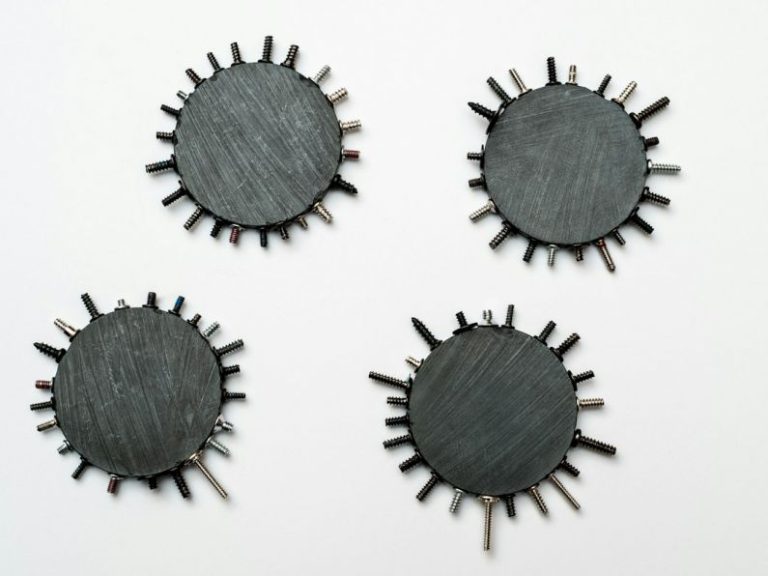How to Spot Wear and Tear on Retreaded Tires
Retreaded tires are a popular choice for many drivers due to their cost-effectiveness and eco-friendly nature. However, like any other tire, retreads are subject to wear and tear over time. It is essential for drivers to be able to spot signs of deterioration on retreaded tires to ensure safety on the road and maximize the lifespan of these tires. In this article, we will discuss how to identify wear and tear on retreaded tires so that you can take appropriate action to address any issues promptly.
Inspecting the Tread Depth
One of the primary indicators of wear and tear on retreaded tires is the tread depth. The tread is the rubber on the outer circumference of the tire that provides traction and grip on the road surface. Over time, the tread on retreaded tires will wear down, affecting their performance and safety. To check the tread depth, you can use a tread depth gauge or the penny test. If the tread depth is below 2/32 of an inch, it is time to replace the tire, as it no longer provides sufficient traction.
Cracking and Bulging
Another common sign of wear and tear on retreaded tires is cracking and bulging on the sidewalls. Cracks in the rubber can weaken the tire’s structure and lead to blowouts or other safety hazards. Bulges, on the other hand, indicate that the tire’s internal components may be damaged. If you notice any cracks or bulges on the sidewalls of your retreaded tires, it is crucial to have them inspected by a professional to determine the extent of the damage and whether the tire needs to be replaced.
Uneven Wear Patterns
Uneven wear patterns on retreaded tires can also indicate wear and tear. Uneven wear can be caused by a variety of factors, such as improper tire inflation, misalignment, or suspension issues. Inspecting your tires regularly for signs of uneven wear, such as cupping, feathering, or scalloping, can help you identify potential issues early on and address them before they become more significant problems. Rotating your tires regularly can also help prevent uneven wear and extend the life of your retreaded tires.
Vibration and Handling Issues
If you experience vibration or handling issues while driving, it could be a sign of wear and tear on your retreaded tires. Vibrations can indicate that the tires are out of balance or that there is a problem with the tire’s internal structure. Handling issues, such as pulling to one side or difficulty steering, can also be caused by tire wear and tear. If you notice any unusual vibrations or handling problems while driving, it is essential to have your retreaded tires inspected by a professional to ensure your safety on the road.
Frequent Inspections and Maintenance
To effectively spot wear and tear on retreaded tires, it is essential to conduct regular inspections and maintenance. Inspect your tires for signs of wear, such as tread depth, cracking, bulging, and uneven wear patterns, on a regular basis. Additionally, ensure that your tires are properly inflated and aligned to prevent premature wear and extend their lifespan. By staying vigilant and proactive in maintaining your retreaded tires, you can enjoy safe and reliable performance on the road.
In conclusion, being able to spot wear and tear on retreaded tires is crucial for ensuring your safety and maximizing the lifespan of your tires. By inspecting the tread depth, checking for cracking and bulging, monitoring for uneven wear patterns, and addressing any vibration or handling issues promptly, you can keep your retreaded tires in optimal condition. Remember to conduct regular inspections and maintenance to catch potential issues early on and address them before they escalate. By taking good care of your retreaded tires, you can enjoy a smooth and safe driving experience for miles to come.






